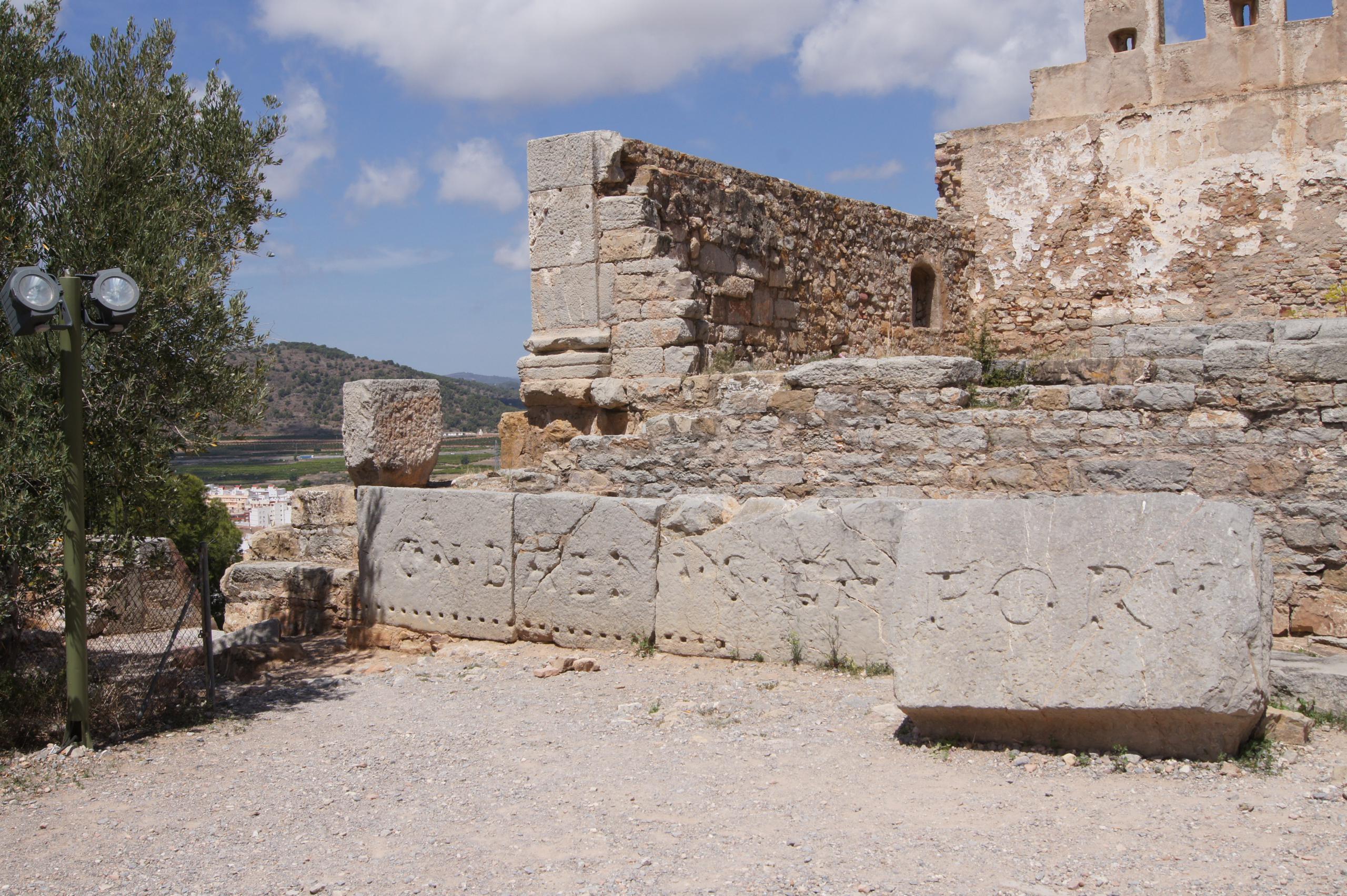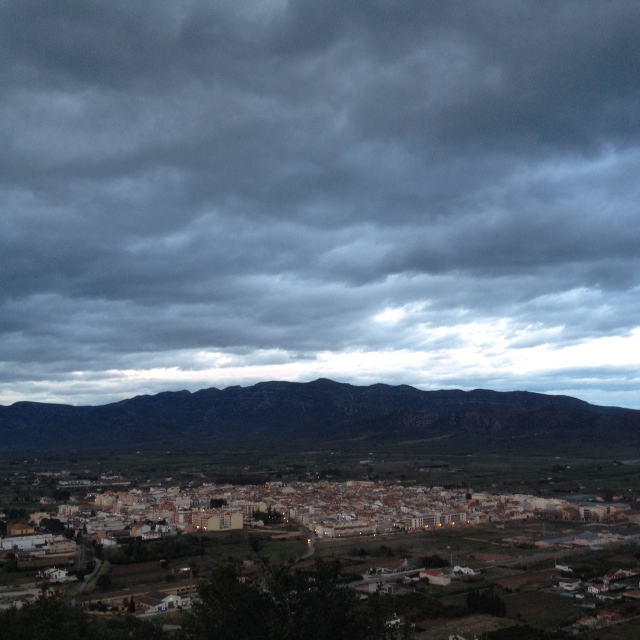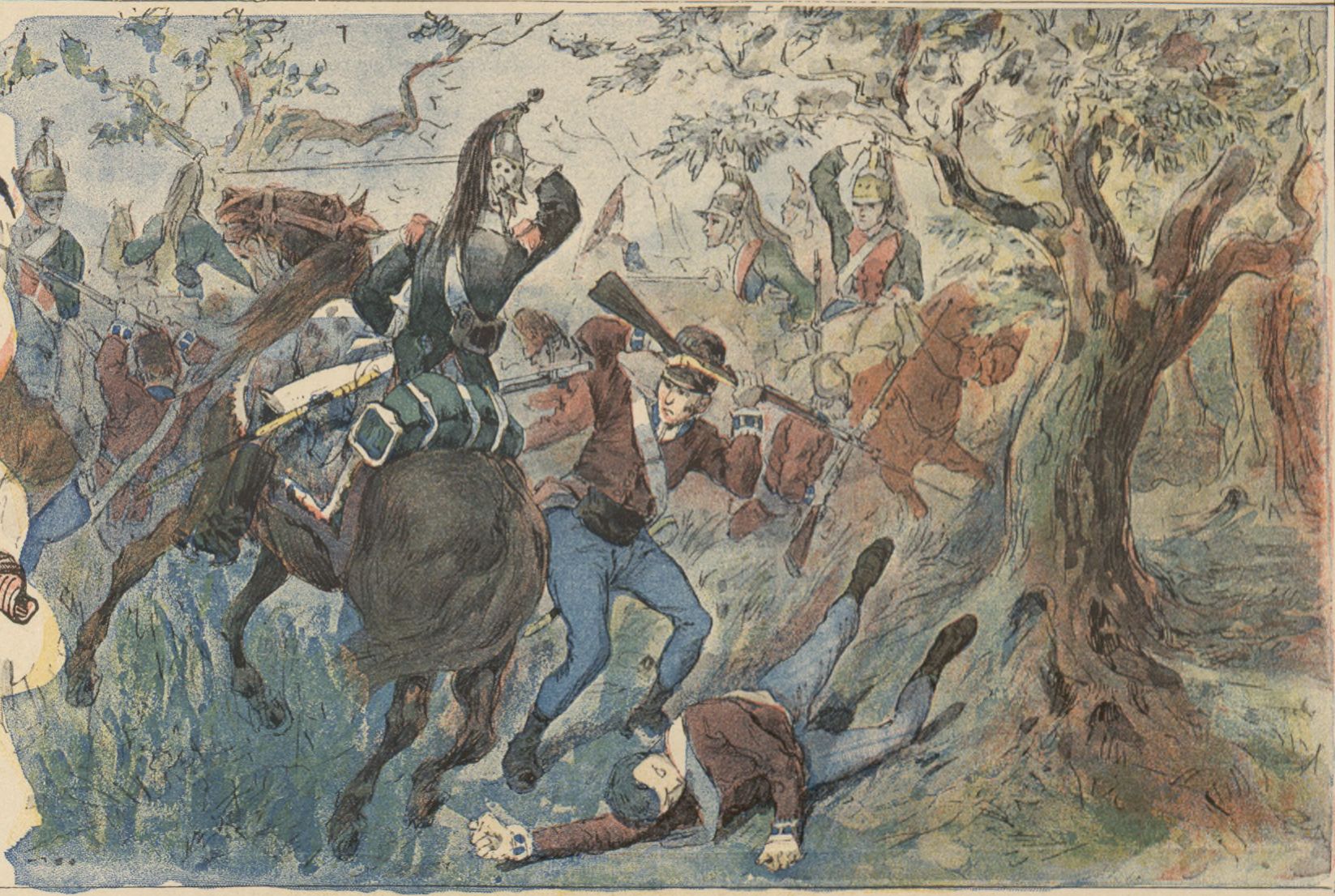|
Luis Alejandro Bassecourt
Luis Alejandro Bassecourt y Dupire (1769–1826) was a French-born Spanish military commander, governor of Barcelona and captain general. Peninsular War Having been promoted to Fusilier captain in 1805, following the Dos de Mayo Uprising that took place in Madrid on 2–3 May 1808, Bassecourt managed to escape to Andalusia where he was given the task of forming a new battalion of Walloon Guards from the non-French prisoners taken at the Battle of Bailen. He was promoted to brigadier that August. Martín-Lanuza, Alberto"Luis Alejandro Bassecourt y Dupire". ''Diccionario Biográfico electrónico'' (''DB~e'').Real Academia de la Historia. Retrieved 5 August 2023. and marched his new battalion to Zaragoza to join Castaños's army. There, the unit became the 1st Battalion of the Walloon Guards. Following the Spanish defeat at Tudela Bassecourt withdrew to Cuenca. Under Venegas, Bassecourt took part in the surprise attack on Perreimond's brigade of dragoons, part of Latour-Maub ... [...More Info...] [...Related Items...] OR: [Wikipedia] [Google] [Baidu] |
Miguel Parra Abril
Miguel Parra Abril (1780, Valencia - 13 October 1846, Madrid) was a Spanish artist who served as court painter to King Ferdinand VII. He is best known for his portraits and still-lifes; mostly of floral arrangements. The famous portrait painter, Vicente López Portaña, was his brother-in-law. Biography He studied with Benito Espinós, in the School of Flowers and Ornamentation at the Real Academia de Bellas Artes de San Carlos de Valencia. In 1803, he was named an Academician of Merit for flower painting there and, in 1811, received the same title for history painting.Pérez Sánchez (1983), p. 214. While there, he worked at the Estudio de Flores, where he created designs for the silk industry. In 1812, he was appointed an assistant professor of painting at the Academia but, in 1814, failed to succeed Espinós as a professor. Due to this, in 1815, following the Peninsular War, he moved to Madrid, where he presented the King with several canvases depicting the King's recent tr ... [...More Info...] [...Related Items...] OR: [Wikipedia] [Google] [Baidu] |
Charles Oman
Sir Charles William Chadwick Oman, (12 January 1860 – 23 June 1946) was a British military historian. His reconstructions of medieval battles from the fragmentary and distorted accounts left by chroniclers were pioneering. Occasionally his interpretations have been challenged, especially his widely copied thesis that British troops defeated their Napoleonic opponents by firepower alone. Paddy Griffith, among modern historians, claims that the British infantry's discipline and willingness to attack were equally important. Early life Oman was born in Muzaffarpur district, India, the son of a British planter, and was educated at Winchester College and at the University of Oxford, where he studied under William Stubbs. Here, he was invited to become a founding member of the Stubbs Society, which was under Stubbs's patronage. Career In 1881 he was elected to a Prize Fellowship at All Souls College, where he remained for the rest of his academic career. He was elected the Chichel ... [...More Info...] [...Related Items...] OR: [Wikipedia] [Google] [Baidu] |
Jean Barthélemy Darmagnac
Jean Barthélemy Claude Toussaint Darmagnac (1 November 1766 – 12 December 1855) became a French division commander during the Napoleonic Wars. In 1791 he joined a volunteer battalion and soon became a captain. He fought with the 32nd Line Infantry Demi-Brigade against the Austrians in Italy. He participated in the French campaign in Egypt and Syria, being promoted to lead the regiment after distinguishing himself at the Battle of the Pyramids. He was badly wounded at Acre and promoted to general of brigade in 1801. Darmagnac fought at Austerlitz in 1805 and led the Paris guard in 1806–1807. Going to Spain, he was wounded at Medina de Rioseco and became a general of division in 1808. After serving as provincial governor in Old Castile, where he plundered many works of art, he assumed command of a combat division at Vitoria, the Pyrenees, the Bidassoa, the Nivelle, the Nive, Orthez, and Toulouse. After holding interior commands under the Bourbon Restoration he retired in 183 ... [...More Info...] [...Related Items...] OR: [Wikipedia] [Google] [Baidu] |
Nicolás Mahy
Nicolás Mahy Martín (1757–1822) was a Spanish military commander. Early career Mahy enlisted in the Compañía Flamenca de Reales Guardias de Corps in 1770, unit he would stay with for over thirty years, reaching the rank of brigadier. In 1794 he saw action in the War of the Pyrenees. He was promoted to Cavalry brigadier in 1798 and in 1803 he was appointed military and political commanding officer for the province of Tuy, in Galicia.. Isabel Sánchez, José Luis"Nicolás Mahy Martín". ''Diccionario Biográfico electrónico'' (''DB~e'').Real Academia de la Historia. Retrieved 2 April 2023. Peninsular War He was promoted to field marshal a month after the outbreak of the war and in September 1808 was given command of the Reserve Division of General Blake's Army of Galicia, or Army of the Left. His division saw action at Zornoza (31 October) and the following month at Espinosa de los Monteros (Burgos) and in the retreat from Leon to Galicia, where the command of the Army of ... [...More Info...] [...Related Items...] OR: [Wikipedia] [Google] [Baidu] |
Carlos O'Donnell
Carlos Manuel O'Donnell y Anhetan, also known as Charles O'Donnell (1772–1830), was a Spanish general of Irish descent who commanded Spanish troops against Imperial France during the Peninsular War. Family His father was Joseph O'Donnell the elder. Carlos's five brothers all fought in Spain's armies, and two of them, like Carlos, were also generals; Enrique (Henry) O'Donnell, 1st Count of la Bisbal and José. His son, Leopoldo O'Donnell, would also become a general and was prime minister of Spain on three occasions between 1856 and 1866. Early career In 1777, he joined the Regimiento de Irlanda as an under-age cadet at the age of five before going on to join the Regiment of Hibernia. O'Donnell, Hugo"Carlos Manuel O'Donnell y Anhetan".''Diccionario Biográfico electrónico''. Real Academia de la Historia. Retrieved 14 February 2023. He was promoted to lieutenant in 1787 and for much of 1790 participated in operations to suppress the '' bandoleros''. Peninsular W ... [...More Info...] [...Related Items...] OR: [Wikipedia] [Google] [Baidu] |
Sagunto Castle
Sagunto Castle ( es, Castillo de Sagunto; ca-valencia, Castell de Sagunt) is a fortress overlooking the town of Sagunto, near Valencia in Spain. The site's history extends back over two thousand years and includes Iberian, Roman and medieval remains. During the Islamic period, the castle was known as ''Murbĩtar'' and ''Morvedre''. The castle was declared a National Monument in 1931.Agència Valenciana del Turisme 2016. The sacking of the Iberian settlement by Hannibal in 219 BC led to the outbreak of the Second Punic War. The visible walls are largely Islamic in origin, with substantial modifications taking place after the end of Islamic rule, with the defences being strengthened and modernised. In 1811, during the Napoleonic Wars, the French laid siege to the castle, and were ultimately successful in taking it, after which the defences were repaired. Location The castle is located north of Valencia, upon a flat-topped hill.Collins 1998, p. 229. The hill is the last upthr ... [...More Info...] [...Related Items...] OR: [Wikipedia] [Google] [Baidu] |
Sagunto
Sagunto ( ca-valencia, Sagunt) is a municipality of Spain, located in the province of Valencia, Valencian Community. It belongs to the modern fertile ''comarca'' of Camp de Morvedre. It is located c. 30 km north of the city of Valencia, close to the Costa del Azahar on the Mediterranean Sea. It is best known for the remains of the ancient Iberian and Roman city of ''Saguntum''. The siege of Saguntum in 219 BC was the trigger of the Second Punic War between the Carthaginians and the Romans. The municipality includes three differentiated urban nuclei: Ciutat Vella (Sagunto), and . Over half of the population lives in the coastal settlement of Puerto de Sagunto. History Gaspar Juan Escolano, in his ''Decades of the History of Valencia'' (1610-11), writes that the first settlers of Sagunto were Armenian families, the Sagas, who came to the peninsula with Tubal and laid the first foundations of the city naming it Sagunt (Armenian: of Saga). There is also a speculation ... [...More Info...] [...Related Items...] OR: [Wikipedia] [Google] [Baidu] |
Peñíscola
Peníscola () or Peñíscola (), anglicised as Peniscola, is a municipality in the Province of Castellón, Valencian Community, Spain. The town is located on the Costa del Azahar, north of the Serra d'Irta along the Mediterranean coast. It is a popular tourist destination. History Peniscola, often called the " Gibraltar of Valencia", and locally as "The City in the Sea", is a fortified seaport, with a lighthouse, built on a rocky headland about 220 feet (67 m) high, and joined to the mainland by only a narrow strip of land (tombolo). ''Peníscola'' is a local evolution of Latin ''peninsula''. The history of the place goes back to the Iberians. Later the town became Phoenician, named ''Tyreche'', then Greek, under the name ''Chersonesos'' (meaning "peninsula"). It was next captured by the Carthaginians under Hamilcar Barca; legend has it that this is the place where he made his son Hannibal swear an oath that he would never be a friend of Rome. The present castle was built b ... [...More Info...] [...Related Items...] OR: [Wikipedia] [Google] [Baidu] |
Ulldecona
Ulldecona is a town in the South of Catalonia, in Montsià (Terres de l'Ebre), near the Senia River. Ulldecona is part of the Taula del Sénia free association of municipalities. It has got town privileges since 1273. The nearest towns are: Alcanar, Sant Carles de la Ràpita, Freginals, Godall, La Galera, Mas de Barberans and La Sénia in the Montsià region; and Vinaròs, Traiguera, Sant Jordi and Sant Rafel del Riu in Baix Maestrat. Important tourist areas are also nearby, such as Salou and Peñíscola. Administrative divisions The town has a main population centre and five smaller villages within its administrative perimeter: *Ulldecona, 5286 * Els Valentins, 272 *El Castell, 257 * Sant Joan del Pas, 173 * Les Ventalles, 39 * La Miliana, 29 Economy Traditional local agriculture was based on the produce of the numerous olive, almond and carob trees of the area, as well as fruit and vegetable crops. Leaving aside the agricultural activities, the furniture, construc ... [...More Info...] [...Related Items...] OR: [Wikipedia] [Google] [Baidu] |
Siege Of Tortosa (1810–1811)
The siege of Tortosa (16 December 1810 – 2 January 1811) pitted an Imperial French army under General Louis Gabriel Suchet against the Spanish defenders of Tortosa led by General Lilli, Conde de Alacha. Background The French conquest of Aragon started with the siege of Tortosa. Siege The siege progressed swiftly and Alacha surrendered on 2 January 1811. Tortosa is a city that lies on the Ebro River about southwest of Tarragona. The action took place during the Peninsular War, part of the Napoleonic Wars. Colonel Rouelle was employed at the siege of Tortosa, where he defeated two sorties by the besieged on the December 24 and December 28, 1810. These two feats were mentioned in dispatches. Aftermath The French conquest of Aragon proceeded with the Battle of El Pla The Battle of El Pla was a battle on 15 January 1811 between an Imperial French column made up of two Italian brigades on one side and a Spanish division under the command of Pedro Sarsfield on t ... [...More Info...] [...Related Items...] OR: [Wikipedia] [Google] [Baidu] |
Battle Of Ocaña
The Battle of Ocaña was fought on 19 November 1809 between French forces under Marshal Jean de Dieu Soult, Duke of Dalmatia and King Joseph Bonaparte and the Spanish army under Juan Carlos de Aréizaga, which suffered its greatest single defeat in the Peninsular War. General Juan Carlos de Aréizaga's Spanish army of 51,000 lost nearly 19,000 killed, wounded, prisoners and deserters, mostly due to the French use of their cavalry. Tactically, the battle was a Cannae-like encirclement of the Spanish army, and the worst defeat ever suffered by a Spanish army on home soil. The strategic consequences were also devastating, as it destroyed the only force capable of defending southern Spain; the area was overrun over the winter in the Andalusia campaign. Background The Spanish campaign in late 1809 started with the Battle of Talavera. Maneuvers The Spanish campaign in the autumn of 1809 called for their armies to lunge at Madrid from both north and south. They called for as ... [...More Info...] [...Related Items...] OR: [Wikipedia] [Google] [Baidu] |
Juan Carlos Aréizaga
Juan Carlos Aréizaga y Alduncín (1756–1820) was a Spanish military commander. Many historians of the Peninsular War, including Gómez de Arteche, Toreno, Clonard and Oman, agree that, while not questioning Aréizaga's personal courage, he lacked the necessary skills required of a general. Oman was especially scathing in his assessment of Aréizaga's command at Ocaña: Even allowing for the fact that Areizaga had been the victim of the Junta's insensate resolve to make an offensive movement on Madrid, it is impossible to speak with patience of his generalship. For a combination of rashness and vacillation it excels that of any other Spanish general during the whole war. (Oman 1903: p. 96.) Early career As a cadet in the Mallorca Infantry Regiment, Aréizaga saw action during the Invasion of Algiers in 1775, where he was badly wounded.. Martín-Lanuza, Alberto"Juan Carlos Aréizaga y Alduncín".Real Academia de la Historia. Retrieved 5 May 2023. Promoted to Fusiliers c ... [...More Info...] [...Related Items...] OR: [Wikipedia] [Google] [Baidu] |


